In the world of horology, there are many uncertainties. These span from concerns about the security of the industry in an uncertain economic climate, to wondering about the next technology a brand might bring into its watches, to a question that many enthusiasts consider: will my watch be able to maintain or gain value over time, and will I be able not to destroy it on the side of a coffee table before I’m able to pass it on?
However, this world also offers some certainties: IWC will revitalize one of its collections each year at SIHH, George Clooney will be wearing an Omega Speedmaster, and Rolex — at least up until now — will not produce a watch that is an overt homage to any other from its long, rich history.
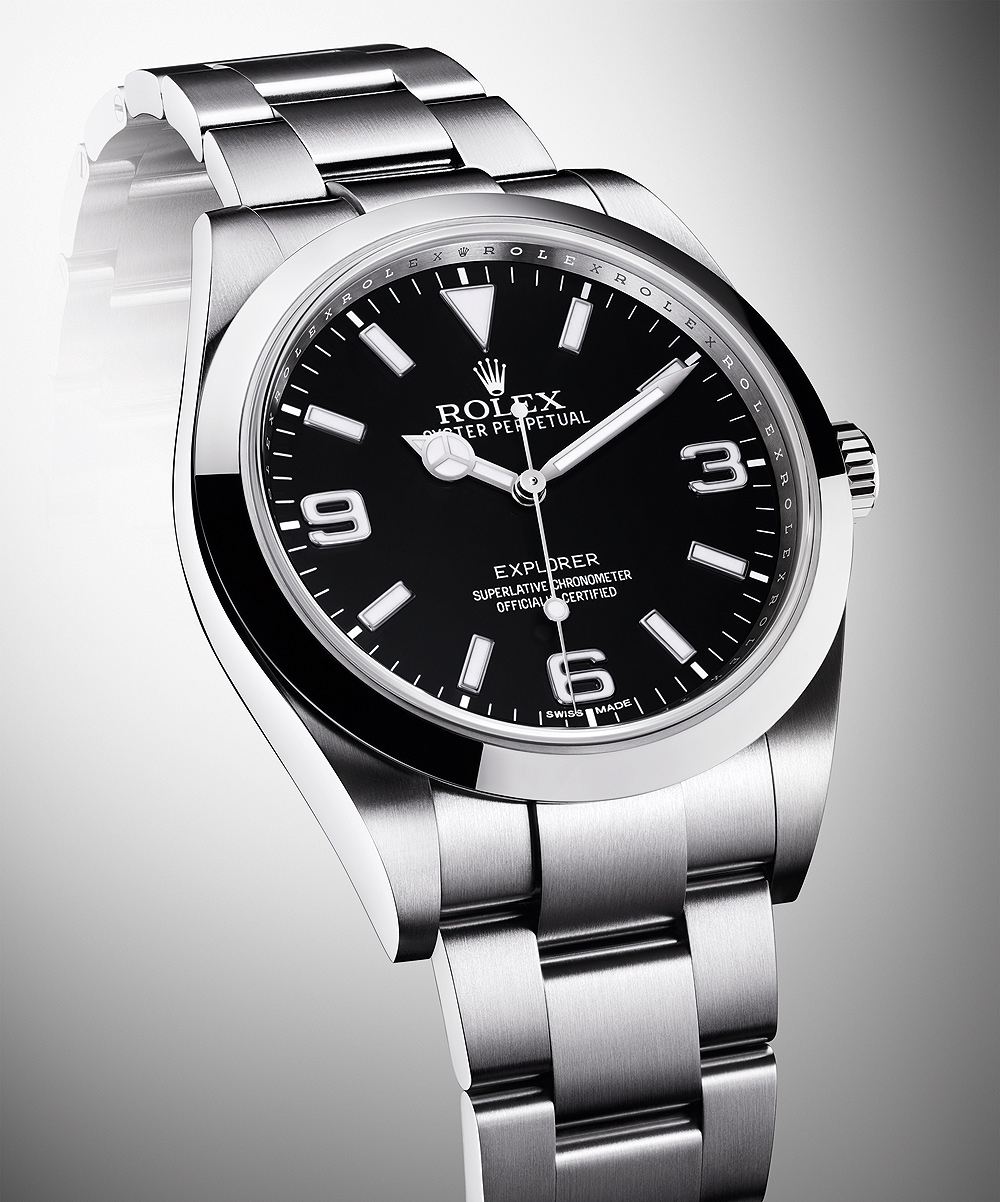
With this said, Rolex has become known over the course of its success to tread back only rarely on vintage design choices after they have been passed on. It’s the reason we have yet to see a true “Paul Newman” Daytona recreation — even if you judge the most recent version of the Daytona as a re-interpretation— and the same reason the iconic oyster case is still used on most Rolex models — albeit a more bulky version, with shorter lugs, than those of years past. Today, consumers have available to them a lineup of Rolex watches that is, for the most part, purely reflective of the 21st century despite the fact that most of them were established over the course of 70 years.
But I did say “for the most part,” right? Because even though Rolex has changed many of its iconic watch series to continue catering to a modern crowd, there is still one watch in its lineup that has, more or less, been the same watch since it first went on the market in 1953: the Rolex Explorer.
The Explorer line has an interesting history. It begins its connection to Tenzing Norgay and Edmund Hillary becoming the first two men to summit Mount Everest in May of 1953, after which it became — officially or unofficially — the watch sponsor for many other extreme climbs and preferred timepiece of adventurers. In the modern era, the Rolex Explorer series (vintage model pictured above) still represents extreme durability in a luxurious, distinctly Rolex fashion.
Today’s Rolex Explorer, Ref. 214270 (above), is one of the more subtle pieces in the Rolex line. With a 39-mm steel Oyster case with a smooth bezel, a screw-down crown, and a water resistance to 100 meters, the watch is by no means the extreme diver or deep sea dweller that many brands currently offer, but still a solid sports watch for the average extreme mountaineer or kayaker. Its “Mercedes,” sword, and lollipop hands are powered by a Rolex Caliber 3132 movement with 48 hours of power reserve. These traditional hands sweep smoothly over the black and white-accented dial, on which you’ll notice large Arabic numerals for most quarter hours, a large triangle at the 12 o’clock mark, and rectangle markers for the remaining hour spots. This watch was released earlier this year at Baselworld, and should begin appearing at dealers soon, retailing around $6,550.
Some more vintage-inclined watch aficionados might be thinking, “This Explorer is nothing like Rolex’s pre-Explorers and Explorers of the 1950s; what possible similarities could it share with the often ‘honeycombed’ and 36-mm, utilitarian watches of years past?” And, to a large extent, I agree with that sentiment — but I also see this modern Explorer as a surviving vestige of the brand’s history in the modern Rolex arena of diamond-studded models, Yacht-Master IIs, and watches with bulkier fluted bezels.
So while the contemporary Explorer may not have the “honeycomb” dial, previously printed dial features, or a 36-mm case, it does still maintain most of the key features that brought many to appreciate the watch in the first place. These include the watch’s overall proportions, although now 3 mm larger and with slightly shorter lugs; the dial, hands, and hour markers, although the latter are now applied instead of printed, more finely finished, and more luminescent; and the case and movement, the former still being produced only in steel and still marketed as a sports watch for adventurers, and the latter still without a date function so as not to detract from the legibility of the dial.
There are — naturally— some purely modern elements to the modern piece, like the outer repeating ring on the dial reading the brand’s name and corporate logo, as well as the more easily adjustable clasp on the Oyster bracelet. But keep in mind, again, that the brand in question is Rolex, which has made a name for itself by constantly moving forward with its designs, materials and technology, and as such, it’s plainly interesting that the brand has kept one of its older lines of watches mostly the same through the years.
The largest changes the Explorer series has seen is a few-millimeters uptick in size, a few changes in automatic movements, and the addition of modern elements like the outer “ROLEX” ring, new bracelet clasp, and contemporary finishing practices. Many of these changes are for the overall benefit of the watch and the modern consumer, even if stylistically they might not be the direct historical features others might desire. As I see it, even if Rolex does not produce the “direct homage” pieces some consumers are looking for, the brand still offers plenty of modern, forward-looking pieces that plenty of consumers can appreciate — and if you really want a vintage-inspired Oyster-cased watch, there’s always Tudor.
For our most recent article, in which I compare the modern IWC Aquatimer Automatic to its vintage counterpart, click here.
And if you want to learn more about Norgay and Hillary’s summit of Everest, you can read more from the National Geographic, here.
Caleb Anderson is a freelance writer for various publications. Since first learning about horology, he has garnered extensive knowledge on vintage watches, and spends much of his time sharing his opinions within the field. Currently located near New York City, he is a persistent student in all things historical, a writer on many topics, and a casual runner.

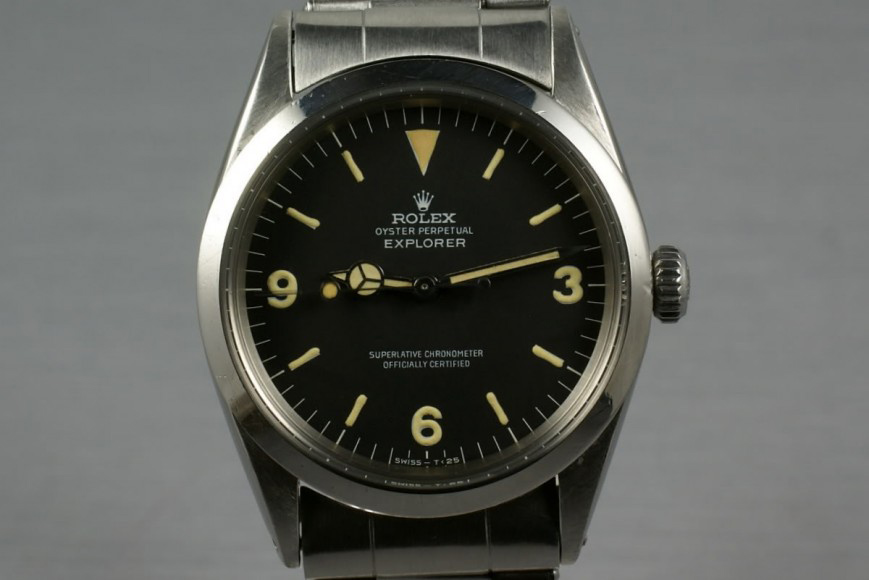
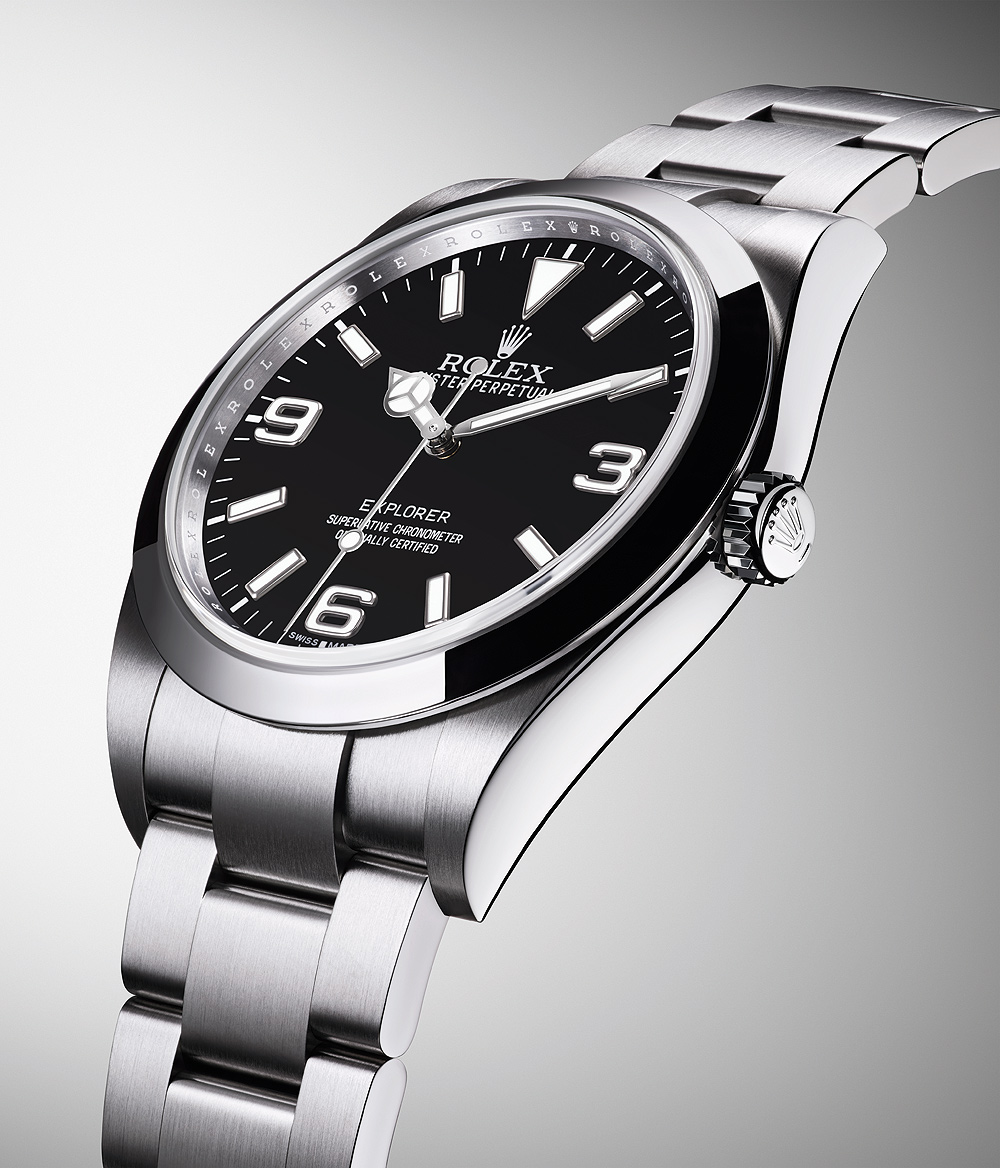
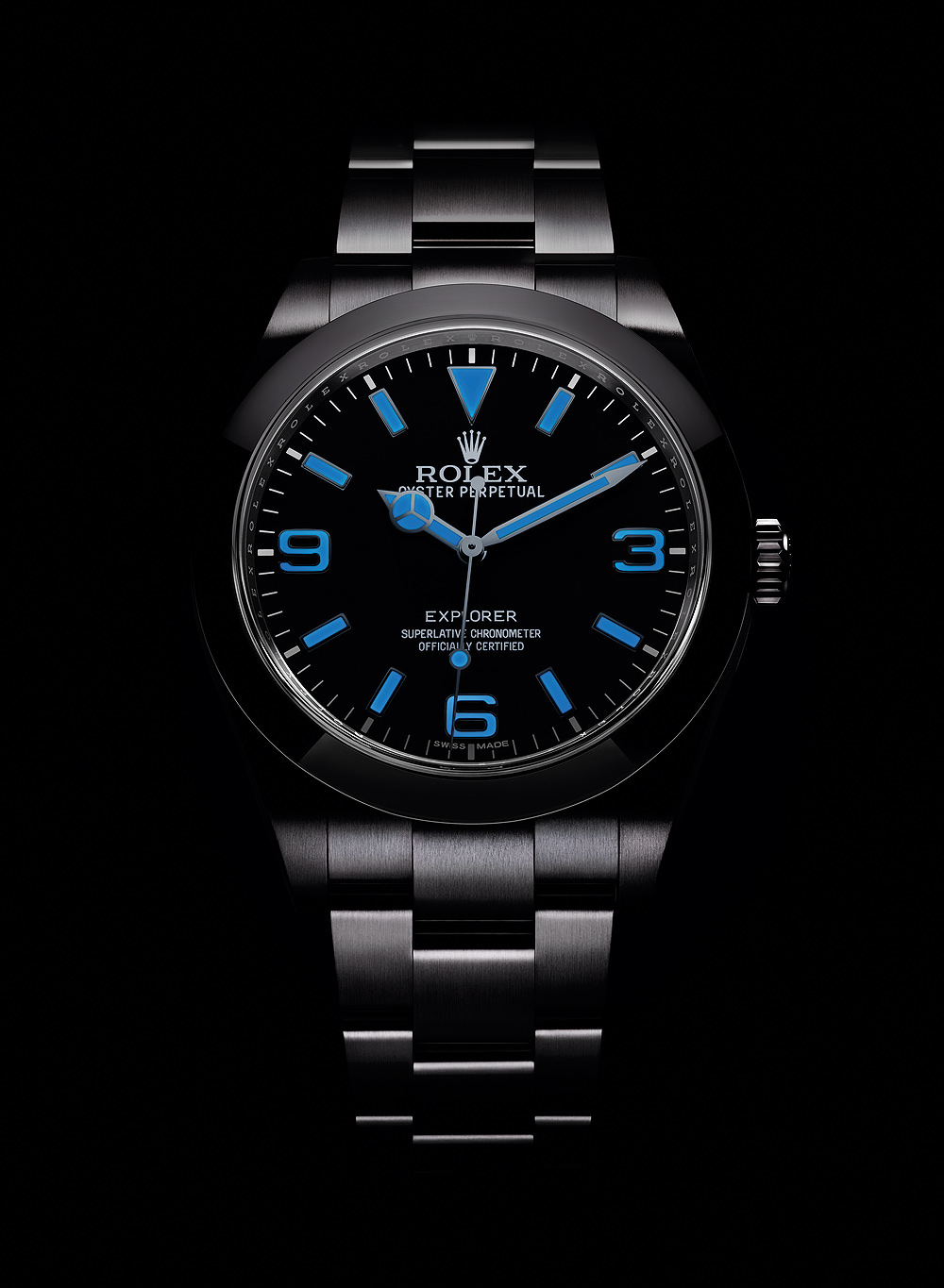



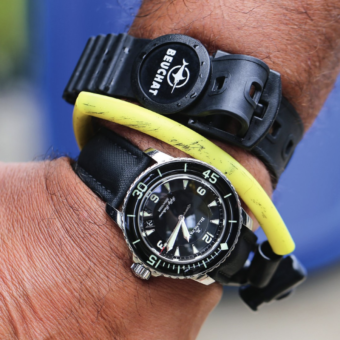

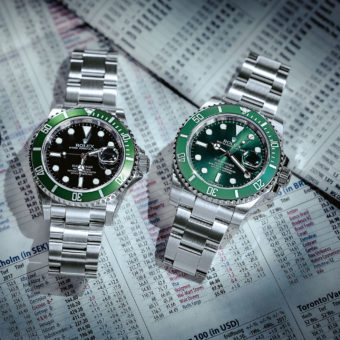
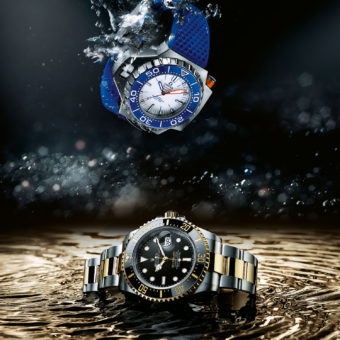
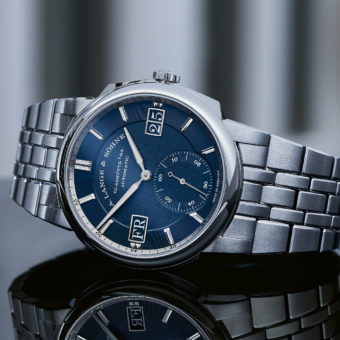
I recently purchased a Rolex Explorer 1 (114270), a Bell & Ross BR135 Geneva to celebrate my 35th year retirement; Is there someway to consolidate (add cash) to purchase the 214270?
Why all Rolexes are so beautiful and flashy on front and not so good looking on bottom and mechanism as well? They even could write something on the bottom to convince clients. At least on Submariner there is nothing written on the bottom. Just simple cover. Very basic.
What about the “No-Date” Submariner? It has changed very little through the years.
Wish they had changed the reference for this version, new hands and numerals. I am perfectly happy with my short hands model.